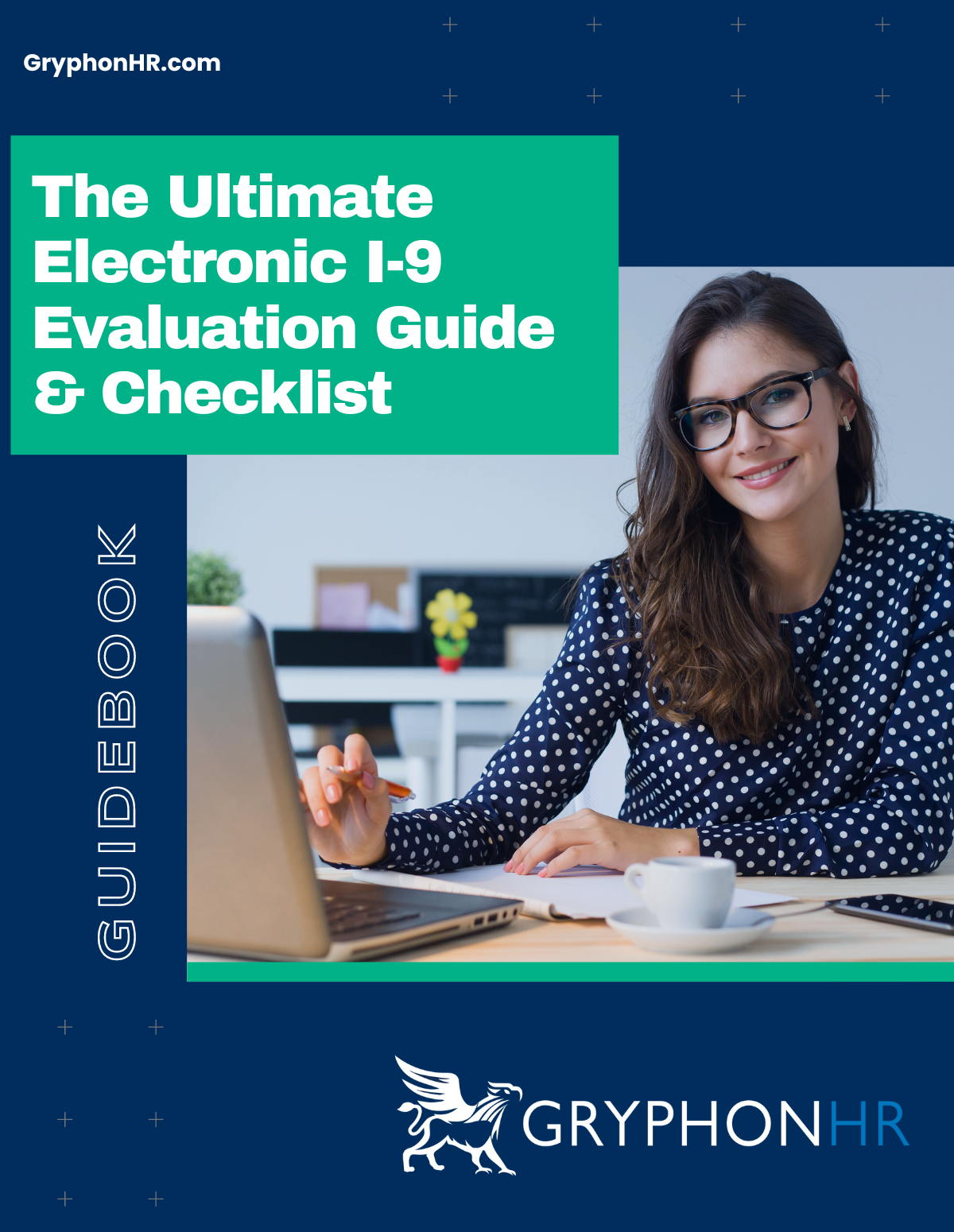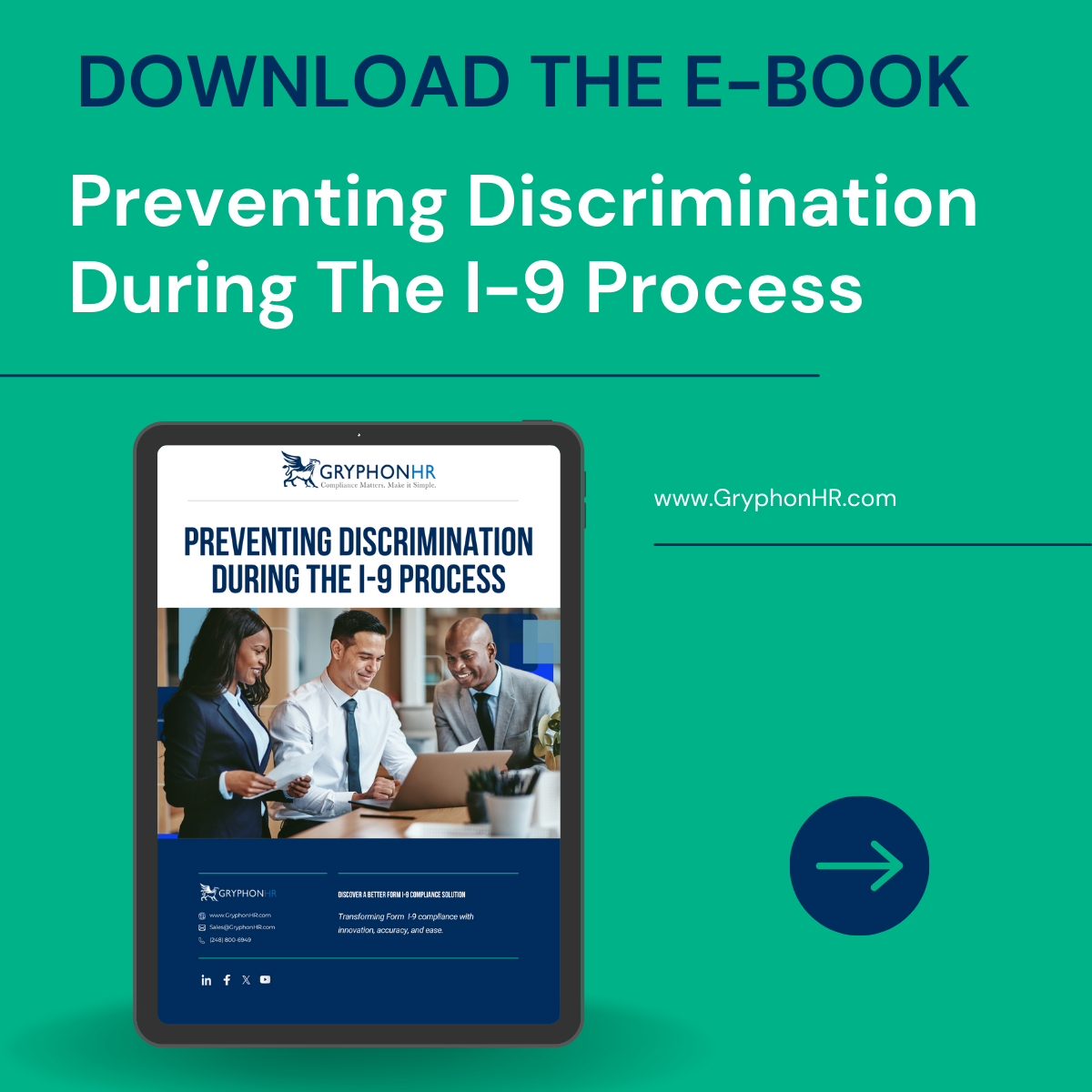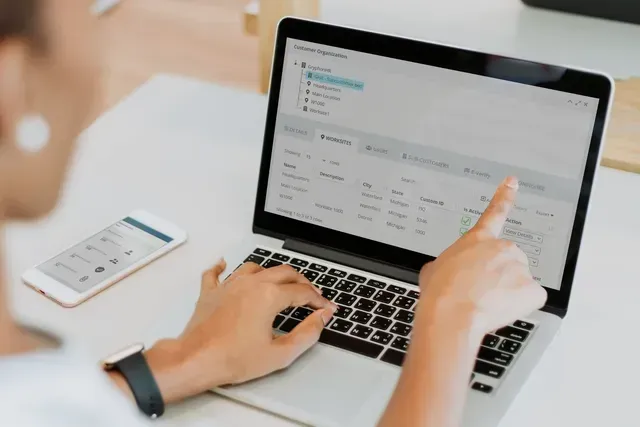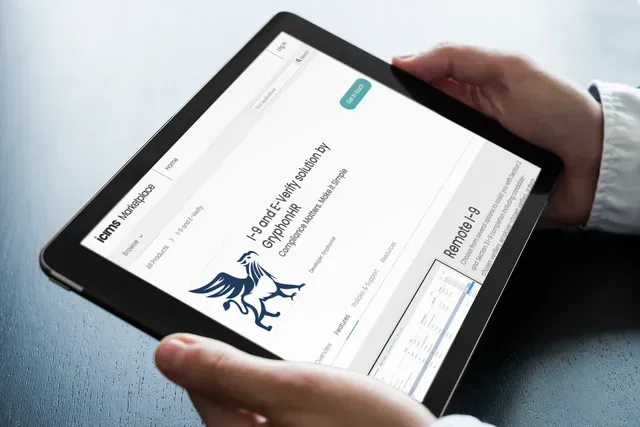The Form I-9 employment verification process has been a routine part of hiring in the United States, ensuring that businesses verify the work authorization of their employees. However, for organizations with remote workforces, the traditional requirement of in-person document verification has posed significant logistical and administrative challenges.
To address these concerns, the Department of Homeland Security (DHS) introduced the alternative procedure for Form I-9 document verification in 2023, which allows qualifying employers to complete the verification process remotely. While this new option provides greater flexibility, it also comes with eligibility criteria and compliance requirements that organizations must fully understand before implementation.
In this article, we will break down the DHS alternative procedure policy requirements, explain what employers need to do to stay compliant, and highlight how GryphonHR’s I-9 compliance solutions can help businesses navigate this evolving landscape.
What is the DHS Alternative Procedure?
The DHS alternative procedure, introduced on August 1, 2023, enables certain employers to verify Form I-9 documents remotely rather than conducting in-person inspections. This policy was developed following the expiration of COVID-19 temporary flexibilities, which had allowed remote document verification due to pandemic-related restrictions.
Under this new procedure, eligible employers can use live video interaction to verify employee identity and work authorization documents instead of requiring physical presence. However, this option is not available to all employers—only those who meet specific DHS and E-Verify participation requirements may use it.
Eligibility Requirements for Using the Alternative Procedure
Employers must meet several key requirements to qualify for the DHS alternative procedure:
1. Active E-Verify Enrollment
To use remote I-9 verification, employers must:
- Be enrolled in E-Verify at the time of verification.
- Be in good standing with E-Verify, meaning they have complied with program rules.
- Have completed an E-Verify case for every employee for whom they use the alternative procedure.
2. Consistent Application Across the Workforce
Employers cannot selectively apply the alternative procedure on a case-by-case basis. Instead, they must:
- Use the same verification method for all employees at a specific worksite or hiring location.
- Apply the alternative procedure consistently for all remote hires (if choosing to use it for remote workers).
- Ensure no discriminatory practices in how the procedure is implemented.
Employers still have the option to conduct in-person document verification if they prefer. However, once the alternative procedure is chosen for a group of employees, it must be used uniformly to maintain compliance.
3. Live Video Interaction Requirement
Employers must personally review documents during a live video call—simply receiving scanned copies of documents via email is not enough. The process includes:
- Employees submitting copies (photos or scans) of their identity and work authorization documents.
- Employers scheduling a real-time video call to examine the physical documents while the employee presents them on-screen.
- Confirming that the documents appear genuine and belong to the employee.
This step ensures that employers properly verify the documents before completing Section 2 of Form I-9.
4. Document Retention and Recordkeeping
Unlike the traditional in-person verification process, the alternative procedure requires employers to:
- Retain copies of all documents that employees present for verification.
- Store these copies securely for the entire retention period required under Form I-9 rules (typically three years after the date of hire or one year after termination, whichever is later).
- Ensure that records are easily accessible in case of an audit or compliance review.
Steps for Employers to Implement the Alternative Procedure
For employers who meet the eligibility criteria, the process of using the DHS alternative procedure involves four key steps:
Step 1: Employee Submits Documents
- The employee provides digital copies of their Form I-9 documents before the live video call.
- Employers must ensure that the copies are clear and legible.
Step 2: Live Video Verification
- Employers schedule and conduct a live video meeting with the employee.
- The employee physically holds up their original documents for verification.
- The employer verifies that the documents match those submitted and appear authentic.
Step 3: Form I-9 Notation and Completion
- The employer completes Section 2 of Form I-9, indicating that the alternative procedure was used.
- A checkbox is available in Section 2 to confirm remote verification.
Step 4: Secure Document Storage
- The employer retains copies of the documents in a secure digital or physical format for recordkeeping.
- The documents must be accessible for DHS or ICE audits if requested.
Potential Compliance Risks and Challenges
While the alternative procedure offers convenience, it also introduces new compliance risks that employers must carefully manage.
1. Discrimination and Inconsistent Application
Employers must avoid discrimination claims by applying the alternative procedure uniformly and ensuring it is not used selectively in a way that disadvantages any employee or group of employees.
2. Security and Data Privacy
Storing employee document copies creates additional data security responsibilities. Employers should use encrypted digital storage and implement access controls to protect sensitive information.
3. Audit Readiness
Since DHS may conduct audits to review compliance, employers must ensure they have complete E-Verify records for all employees verified remotely, properly stored document copies, and they have followed all steps required by the alternative procedure.
How GryphonHR Simplifies I-9 Compliance for Remote Verification
Managing Form I-9 verification—especially under the DHS alternative procedure—requires advanced compliance tools, secure document management, and seamless automation.
GryphonHR’s I-9 compliance platform provides a comprehensive solution to help employers navigate the complexities of remote verification.
Why Choose GryphonHR for Your I-9 Process?
- Seamless Remote I-9 Verification – GryphonHR’s platform supports live video-based verification, ensuring compliance with DHS rules.
- Automated E-Verify Integration – GryphonHR streamlines E-Verify case submissions, reducing manual errors and delays.
- Secure Digital Document Storage – Employers can securely store and manage employee documents, ensuring audit readiness.
- Compliance Alerts & Guidance – GryphonHR provides real-time compliance tracking, helping HR teams avoid risks and maintain consistency.
- Virtual I-9 remote completion – engage with GryphonHR as a virtual agent and have your employees meet with us remotely to complete the I-9 using the DHS alternative procedure method.
The DHS alternative procedure represents a major step forward in modernizing employment verification, but it also demands strict adherence to federal compliance rules. GryphonHR helps employers navigate these changes by automating remote verification, enhancing security, and ensuring full I-9 compliance.
Ready to Upgrade Your I-9 Process?
Contact GryphonHR today to learn how our I-9 compliance solutions can help you streamline remote verification, reduce compliance risks, and improve hiring efficiency.





